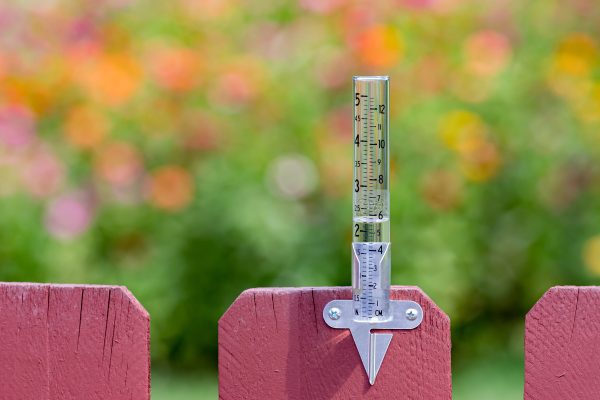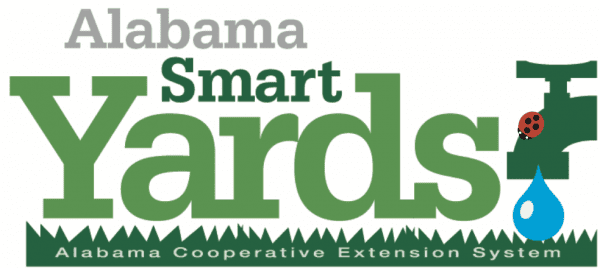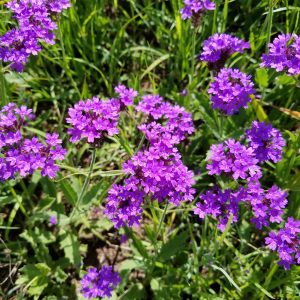Landscaping

Watering Lawns

A rain gauge is a smart and inexpensive tool that helps manage supplemental water use in the landscape.
Overwatering depletes the water supply, increases stormwater runoff and pollution, makes plants more prone to disease and insects, and increases the need to mow. Base supplemental watering on plant needs.
You Will Need:
Weather App
Rain Gauge
Plant Observations
Rain Shutoff (optional)
Water Hose
Sprinkler (optional)
- Look for early signs of wilting and evaluate soil moisture. Apply 1⁄2 to 3⁄4 inch of water when grass shows signs of distress, such as bluish-gray color or folded leaf blades. Do not water again until symptoms reappear.
- Delay watering if rain is predicted within the next 24 hours.
- Use a rain gauge to measure rainfall to determine if your grass needs water or not.
- Install a rain shutoff device or soil moisture sensor. An automatic sprinkler system delivers water on a programmed schedule. A shutoff device overrides the schedule when it rains or when the soil moisture reaches a preset level. Contact your local Extension office, the Natural Resources Conservation Service, or certified irrigation professional for assistance.
- Stop in cooler months. Little or no supplemental water is needed from November to March, typically the rainy season. Warm-season lawns are dormant in cool weather.
- Did you know?
- More water/irrigation leads to faster growth and the need to mow more often.
- A healthy southern lawn (bahiagrass, bermudagrass, zoysiagrass, centipedegrass, St. Augustinegrass) will survive 2 months without rain or irrigation by going dormant (brown). It revives and resumes green growth after receiving rain or irrigation.
Water Efficiently
By choosing and operating a watering system correctly, you can reduce water bills, insect and disease problems, and maintenance requirements.
You Will Need:
Research
Clock
Rain Gauge
Plant Observations
Maintenance Plan
Site Observation
- Purple verbena (Verbena rigida) is a perennial, non-native groundcover that blooms late summer to fall. Butterflies feed on its nectar. This species is extremely tolerant of heat and drought.
- Carolina jessamine is a native, drought tolerant vine recognized by bright spring flowers. The nectar is food for hummingbirds and native insects.
- Choose water-efficient and drought-tolerant plants. Put them in the right place where they can thrive.
- Create hydro zones. If you group plants according to their water and light needs, you can simplify watering methods.
- Water in the early morning (4:00 a.m. to 7:00 a.m.) when temperature and wind speed are at their lowest, which reduces evaporation and drift. Lawns are less susceptible to fungal problems if wet leaves have time to dry before nightfall.
- Avoid watering between 10:00 a.m. and 4:00 p.m. when temperature and wind speeds are high and water is likely to be wasted.
- Know how much water should be applied. Lawn grass only needs 1⁄2 inch to 3⁄4 inch of water per irrigation event. Two to three times per month is sufficient but not always necessary.
- Experiment with gradual reductions in watering. See if your plants can tolerate less water.
- Ensure that your sprinkler system operates properly and applies a uniform cover. Periodically check your system for broken heads or leaks. Understand how to turn off and drain the system.
- Design the lawn irrigation system separate from the bed areas.
- Consider installing a drip irrigation system for landscape plantings. These can be designed to deliver water directly to the root zone. Bubblers, micro sprays, and misters are also effective.
- Keep irrigation heads focused on the plants rather than on paved or other nonlandscaped areas.

 Kerry Smith, Administrator, Outreach Programs, Horticulture, Auburn University
Kerry Smith, Administrator, Outreach Programs, Horticulture, Auburn University
New July 2022, Water Smart– Smart Yards Recipe Series, ANR-2872-G



